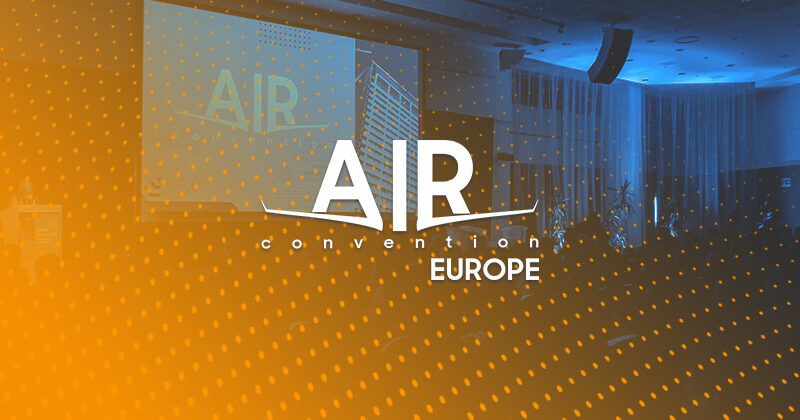Whether they are injured temporarily, mobility impaired, blind, or in old age, every passenger can expect airports to mobilize their technical and human resources at each stage of the trip to make it accessible.
With the number of passengers steadily rising, the demand for assistance from airports also increases, making airports inclusiveness a priority. Last year, 1.4 million passengers received assistance at Heathrow Airport (LHR). To respond to this ever-increasing demand, the busiest European platform has deployed different services aimed at making the life of passengers with reduced mobility (PRM) easier. Roberto Castiglioni, editor-in-chief at Disability Air Travel and member of the Heathrow Access Advisory Group, presented some of the solutions already offered during AIR Convention 2019 Europe.
With the demographics changing, new PRMs are becoming more and more tech-savvy and value their independence even more than the previous generation. In December 2017, Heathrow introduced several technological solutions to enhance service to its passengers with disabilities. One of them is Signlive. This British company provides easily accessible online video interpreting services to help the 7,000 deaf passengers that Heathrow welcomes per year. At several points of the airport, deaf people can be connected to a qualified British Sign Language Interpreter in order to assist them while traveling through.
To help the almost 6,000 visually impaired travelers that use the airport every year, Heathrow introduced Aira on December 3, 2018. This app connects the passenger to a trained agent that will become their eyes either through the camera on specialized smartglasses or their smartphone camera. The agent then describes what is in the user’s surroundings and helps them navigate through the terminal, identify their gates or their luggage, and even assists them while shopping.
Another promising example, already in use, are the Airstar robots deployed in Incheon International Airport (ICN) in Seoul, South Korea. Airstar is a second-generation humanoid talking several languages, featuring an advanced AI with facial and voice recognition, that can help to escort passengers through the airport, to their check-in, luggage pickups or anywhere else they would like to go. The main advantage it presents is that unlike an agent, it is a one-off investment, and is constantly available to PRM in need. 14 are currently deployed in two terminals of Incheon. In the coming months, Heathrow should test the Airstar robot as an assistant to people with autism.
The majority of passengers requesting assistance in airports are in need of mobility services. To meet this demand, airport mobility services will need to rely on automation. A noticeable example presented was the Japanese company WHILL, which offers wheelchairs that can both be manually or autonomously driven. In its autonomous version, the device awaits for the user at In March 2018, the technology was tested at Heathrow Airport, with 40 passengers with PRM trying the device in both modes. The results were promising, as 87.5% of users rated the product very good or excellent, and gave them a satisfying level of independence.
No matter what may be the impairment, the thing that PRMs value the most is their independence. “Technological advancements that help to regain or maintain independence are absolutely crucial”, concludes Roberto Castiglioni.

